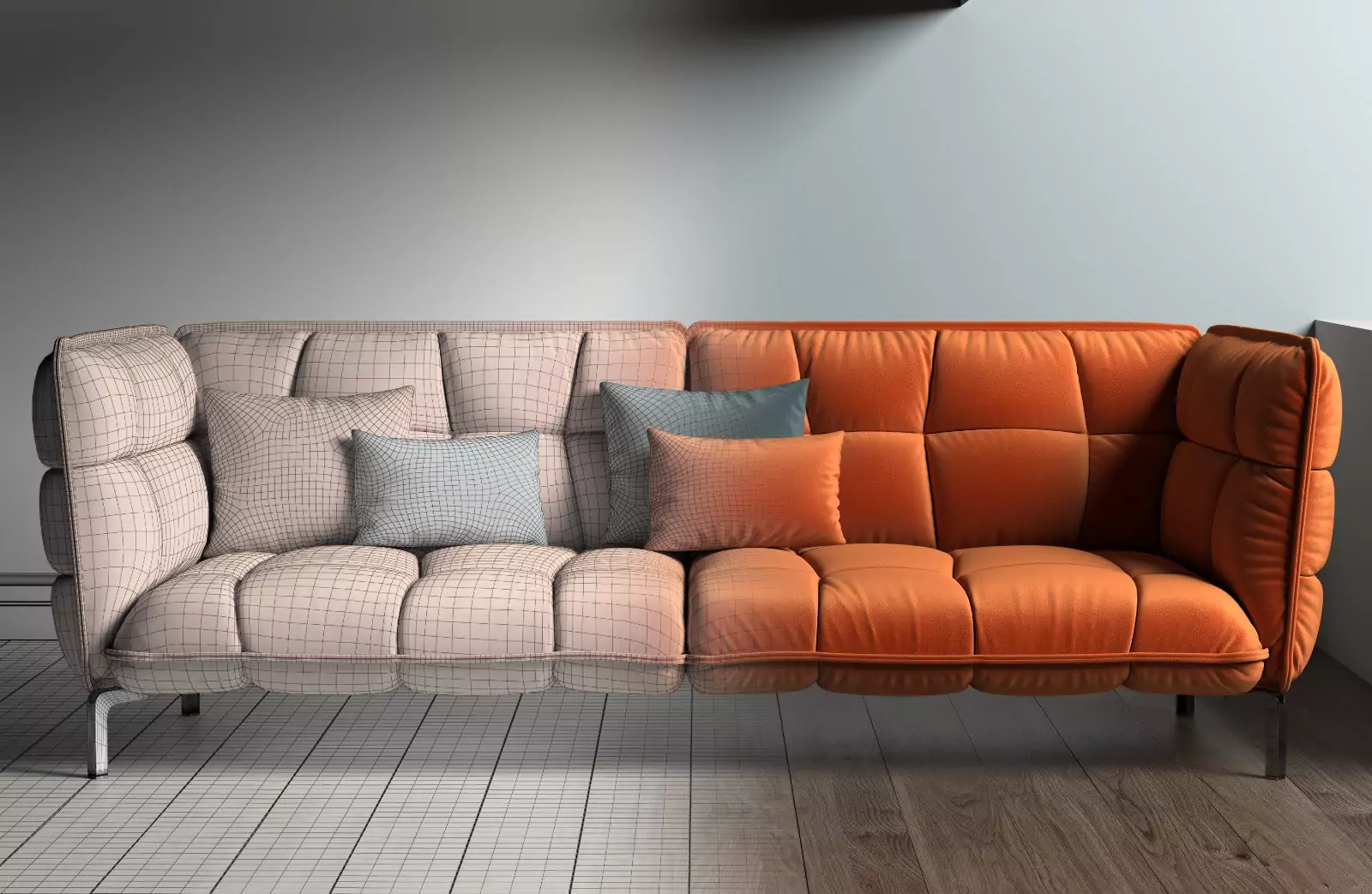The design and manufacturing industry is currently undergoing a digital revolution that offers endless opportunities for visualisation and prototyping through 3D models. However, this evolution also brings with it the growing risk of a new form of piracy: the unauthorised sale and distribution of 3D digital copies of well-known and established products.
The phenomenon, defined as ‘digital counterfeiting’, affects numerous sectors, from design and furniture to cars, bags, shoes, household appliances, toys and electronics. Digital copies of products are important because they are used both to facilitate sales and as elements of integration in design software that make the final result more realistic. Think, for example, of the renderings used for architectural visualisation and interior design projects.
The global market for 3D digital assets (models, textures, animations) is expected to reach approximately $31.3 billion in 2024, with estimated growth to $66.5 billion by 2030, at a compound annual growth rate (CAGR) of over 13% (source: MarketResearch.com). The specific segment of digitally sold 3D models is worth approximately $11.75 billion in 2023, with growth forecasts of up to $20.25 billion by 2031 (CAGR 8%) (source: Verified Market Research). In the design and furniture sector, the market for customised furniture and 3D configurators is worth approximately $35.3 billion in 2024, with projections of up to $98.3 billion by 2033 (CAGR 12.05%) (source: Imarc Group). This expansion is driven by growing demand for high-fidelity models for photorealistic rendering and virtual environments such as the metaverse.
Digital piracy affects a wide range of products: iconic furniture, cars, clothing and accessories, consumer electronics, household appliances and even toys. Digital platforms offering unauthorised replicas expose original companies to significant economic and reputational damage. Among the most affected are products made in Italy, renowned for their unique design and globally recognised craftsmanship, which are also the most copied in the digital world, thus causing a significant loss of control and revenue in a market where Italy should instead be the absolute leader.
The sale and use of unauthorised 3D digital models constitutes a direct violation of intellectual property rights. Affected companies face significant economic losses, substantial legal costs and damage to their brand image resulting from the improper or inaccurate use of their products.
To combat this phenomenon, some platforms adopt a model based on exclusive licences and certifications, ensuring that every 3D digital replica is authorised and accompanied by accurate technical information. One example is the R3PLICA platform developed by the Italian start-up of the same name, which operates mainly in the design and furniture sector. Its CEO, Federico Crociani, tells Startupbusiness: “Every day we find fake digital products. We work hard to sign collaboration and licensing agreements with furniture and furnishing component manufacturers in order to include them on our platform for the benefit of designers. This is an important aspect of our offering, but finding ourselves competing with those who do not respect the rules is always unpleasant and complicates things.”
The phenomenon of digital counterfeiting is increasingly becoming the focus of attention for those working to combat it, promoting a growing role for open standards (such as Universal Scene Description, MaterialX, GL Transmission Format) to ensure interoperability and effective protection of intellectual property.
Protecting intellectual property in the digital world is crucial not only to safeguard the economic value of products, but also to preserve the integrity and reputation of brands. It is essential to promote the spread of certified and regulated platforms that enable a secure and sustainable market for all production sectors involved in digital transformation.
ALL RIGHTS RESERVED ©
